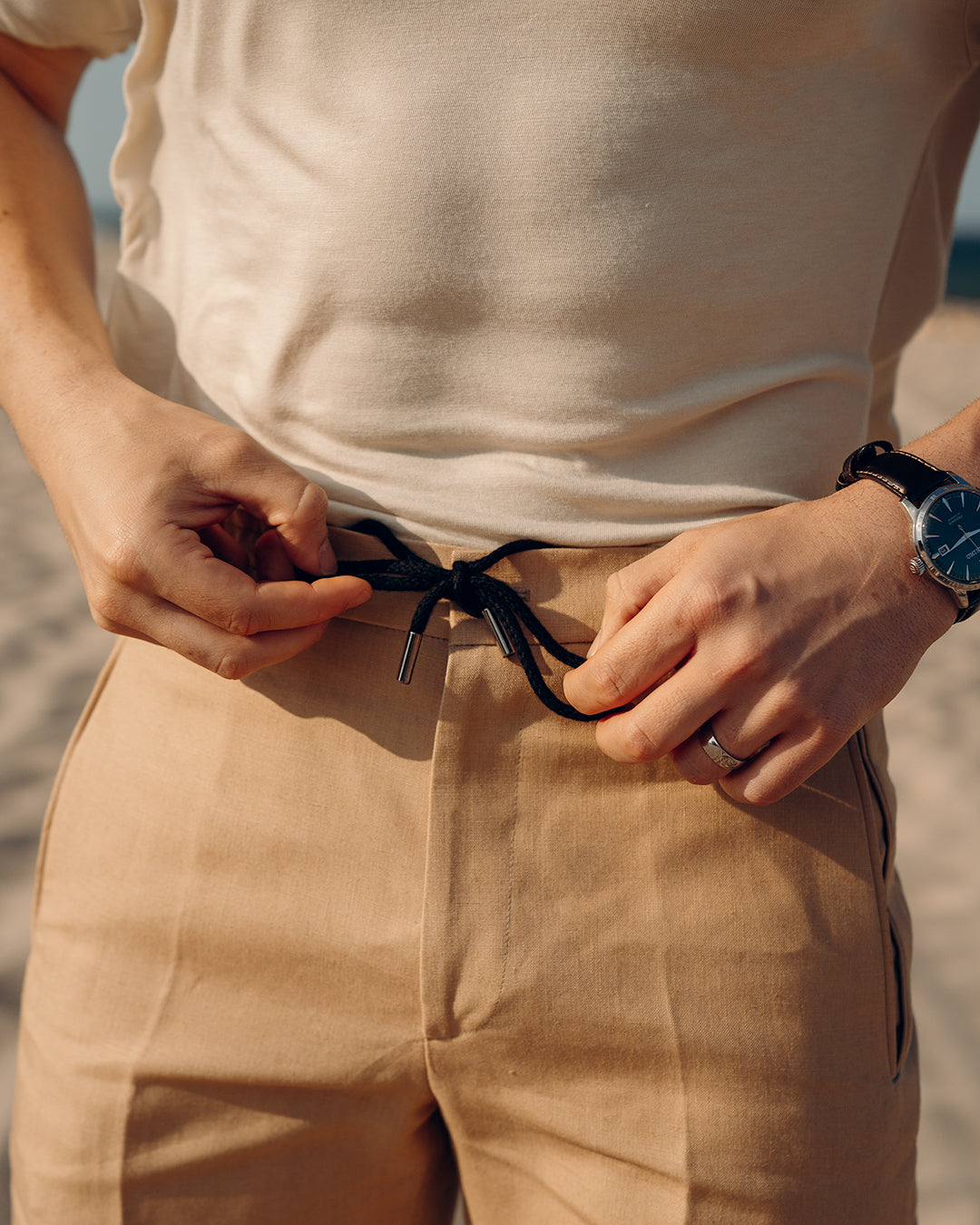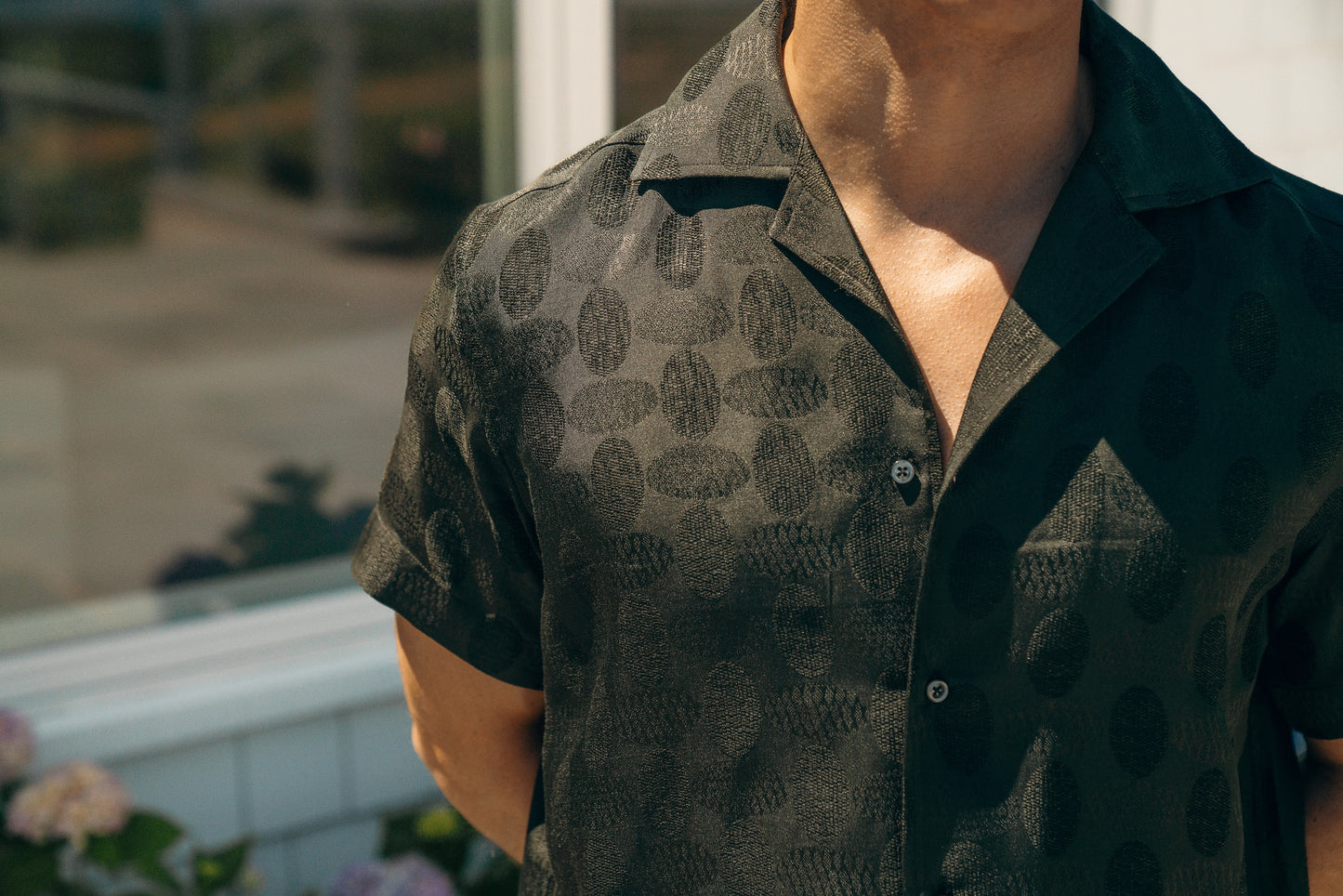
On the sales floor of any boutique nowadays, you’ll find a sales associate encouraging some potential customer to stroke the sleeve of a tailored jacket. “Feel that!,” he or she’ll triumphantly say. “That’s Super 200s wool.”
The truth is, super wools are just a numbers game. The traditional way of grading the quality of yarn is to see how much can be spun out of one pound of raw wool. The finer the fibers, the more spools – or “hanks” – can be filled. Thus, if a wool is “60s,” it means that a pound of raw wool will yield 60 hanks. Not only does a higher number correspond with more hanks, but it also means that it will be softer and silkier to the touch.
For centuries, 60s wool was considered the best in the world, but through selective breeding, farmers have been able to produce new generations of sheep with finer fleeces. After a while, there was the advent of 70s and 80s wool, and at some point in the 1960s, finally the 100s. The merchants who spun the cloth out of this yarn felt it was such a monumental achievement that they marketed their fabrics as a “Super 100s.” Of course, there’s nothing particularly different about the jump from 90s to 100s, as there is from 80s to 90s. It just feels more monumental because of our numbering system adds another digit once we hit 100.
Nonetheless, the marketing of “Super wools” really took off in Japan, where a few Savile Row tailors had outposts. The idea of a wool being “Super” conveyed that it was “the best.” That idea spread to the Middle East and then the Italian tailoring industry, which in turn pushed the wool trade to climb to ever higher and higher numbers. At this point, we’re somewhere in the mid-200s.
The fineness of a fiber is just one dimension to the quality of yarn though. Things such as the length of each fiber will determine how strong the resulting yarn will be, and the strength of the fiber itself will determine how tightly you can twist it without it straining. A hair with a good crimp will also retain its shape more easily. None of these dimensions are easily captured by the “Super” numbering system.
The biggest irony here is that the finest, most lightweight fabrics don’t even necessarily make for the best garments. They’re difficult to tailor, don’t hold their shape well, and are a bit more fragile than their lower-numbered counterparts. They indeed feel amazing, but they’re also a lot more high maintenance.
So what to do? If you need a workhorse suit, stick with something in the Super 140s mark or below. Those will be stable and durable, and on the high end of that number, also feel soft and luxurious. If you want something above 140s, then know that the suit needs to be babied. It can neither be worn nor brought to the dry cleaners often. Either way, remember in the end that it’s the quality of the tailoring that matters most, and Super numbers won’t tell you anything about that.



